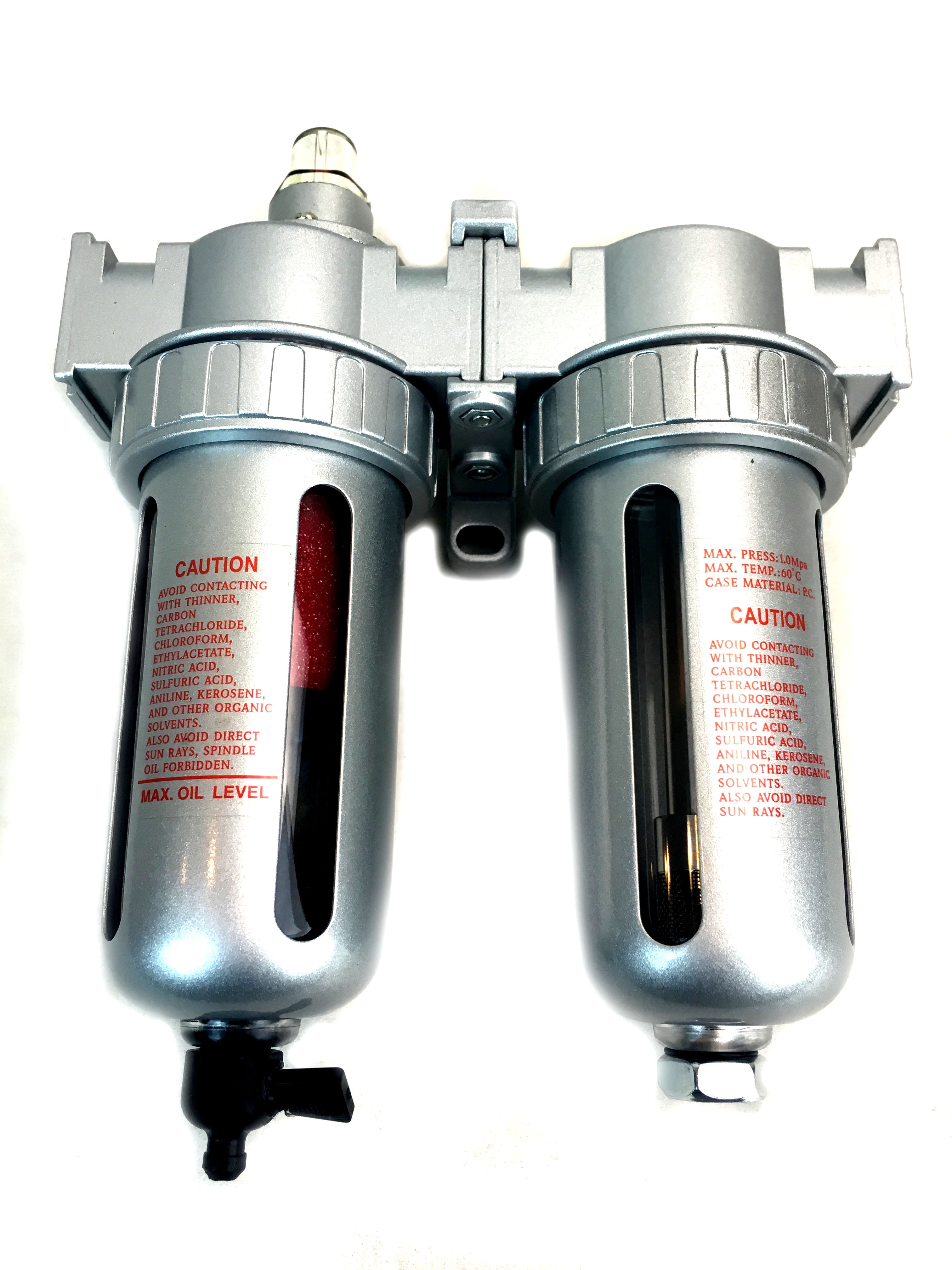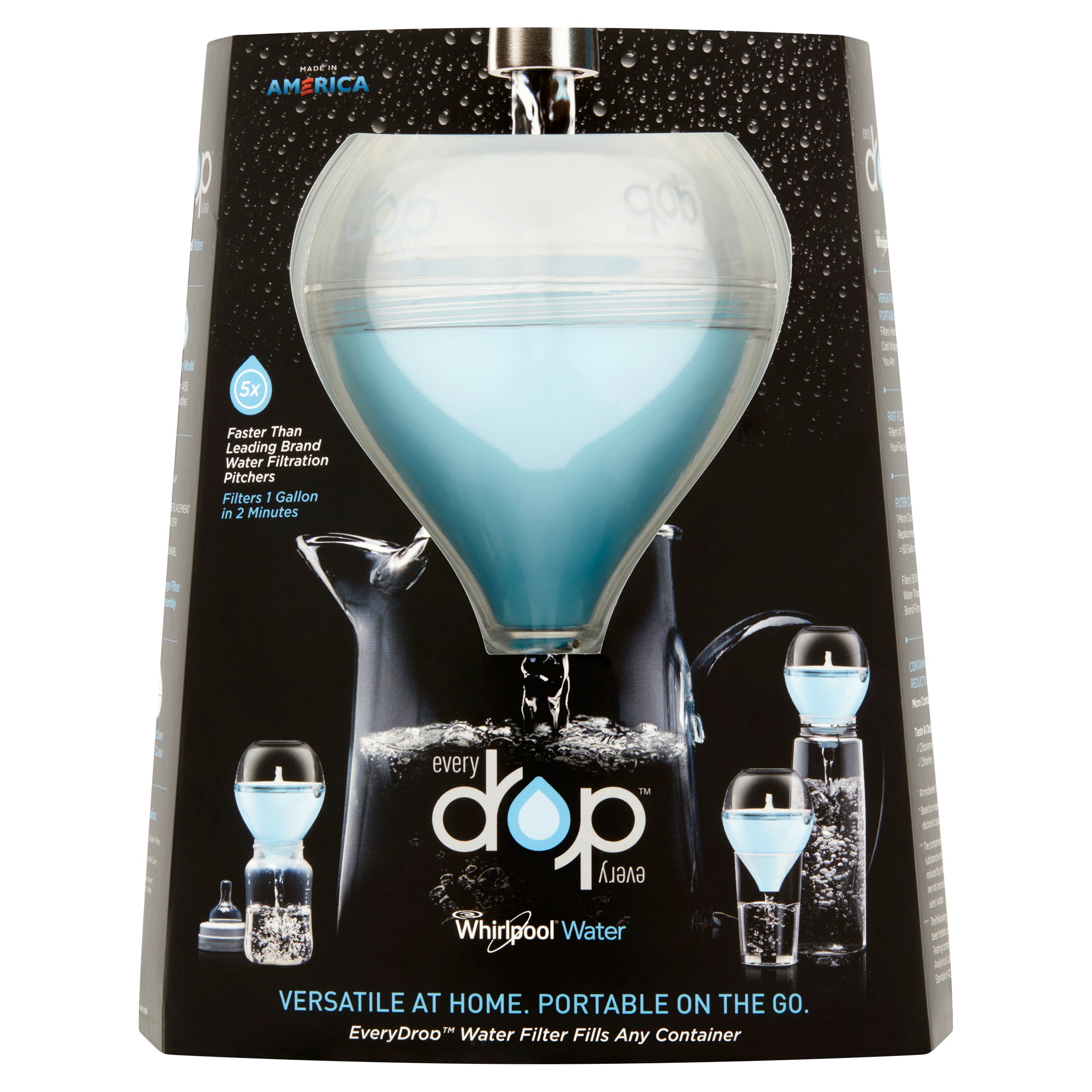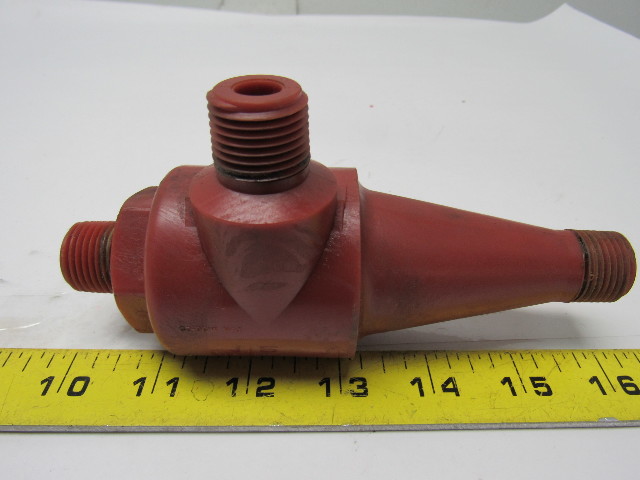

The exact action taken on recognising a patch code will depend upon the system and software used, and may be configurable in a given application. It is possible to incorporate a patch code into a form (typically a Patch 2 code on the first page of the form), to indicate a new file should be started for each form. It is also possible to add conventional barcodes (typically Code 39) to a sheet to, for example, indicate the document type.

Similarly although there may be 4 identical patch codes on a page (one in each orientation) patch code readers (hardware or software) would only ever return one. Note that no data is encoded in a patch code. Use the patch sheets included in this packet for. The patch codes illustrated below are not to spec.
PATCH 1 SEPARATOR SERIES
Patch Code Information for Kodak INnovation Series Scanners. A common use now is to use the Patch T code or the Patch 2 code as a Page (document) separator. Six distinct barcode patterns (Patch 1, 2, 3, 4, 6 and T) were defined. The different codes will signal certain events such as a page/section break or a change from single sided to duplex scanning. The patch code was originally created by Kodak to signal document processing applications while reading large documents.

A typical use of a patch code is distinguish where one document ends and another begins when a pile of documents are loaded into the sheet-feeder (ADF) of a document scanner. Some scanners (such as the Kodak i800) require the patch code to be printed parallel to the feed-edge, other scanners (such as the Kodak i5000) require the patch code to be perpendicular (at right angles) to the feed-edge. For this reason patch codes are often printed on all four edges of the page. This will vary depending upon the model of scanner used, and the orientation of the page. A patch code needs to be printed in a certain position, usually near the leading edge (feed-edge) of the document.
PATCH 1 SEPARATOR DRIVER
Driver placa base intel grand county d101ggc.Įxactly what action is taken depends upon the design of any given system. The patch code may be recognised by the scanner itself (more usually in the top-end expensive scanners) or by the scanning or processing software or with a TWAIN or ISIS driver. When scanning the document the patch code can be recognised and acted upon. Introduction A patch code is a pattern of parallel, alternating black bars and spaces (a barcode) that is printed on a document.

Note that operators cannot be used as search terms: + - * : ~ ^ ' " (Example: port~1 matches fort, post, or potr, and other instances where one correction leads to a match.) To use fuzzy searching to account for misspellings, follow the term with ~ and a positive number for the number of corrections to be made.(Example: shortcut^10 group gives shortcut 10 times the weight as group.) Follow the term with ^ and a positive number that indicates the weight given that term. For multi-term searches, you can specify a priority for terms in your search.(Example: title:configuration finds the topic titled “Changing the software configuration.”) Type title: at the beginning of the search phrase to look only for topic titles.(Example: inst* finds installation and instructions.) The wildcard can be used anywhere in a search term. Use * as a wildcard for missing characters.(Example: user +shortcut –group finds shortcut and user shortcut, but not group or user group.) Type + in front of words that must be included in the search or - in front of words to exclude.To refine the search, you can use the following operators: The results appear in order of relevance, based on how many search terms occur per topic.
PATCH 1 SEPARATOR INSTALL
The search also uses fuzzy matching to account for partial words (such as install and installs). If you type more than one term, an OR is assumed, which returns topics where any of the terms are found. The search returns topics that contain terms you enter.


 0 kommentar(er)
0 kommentar(er)
